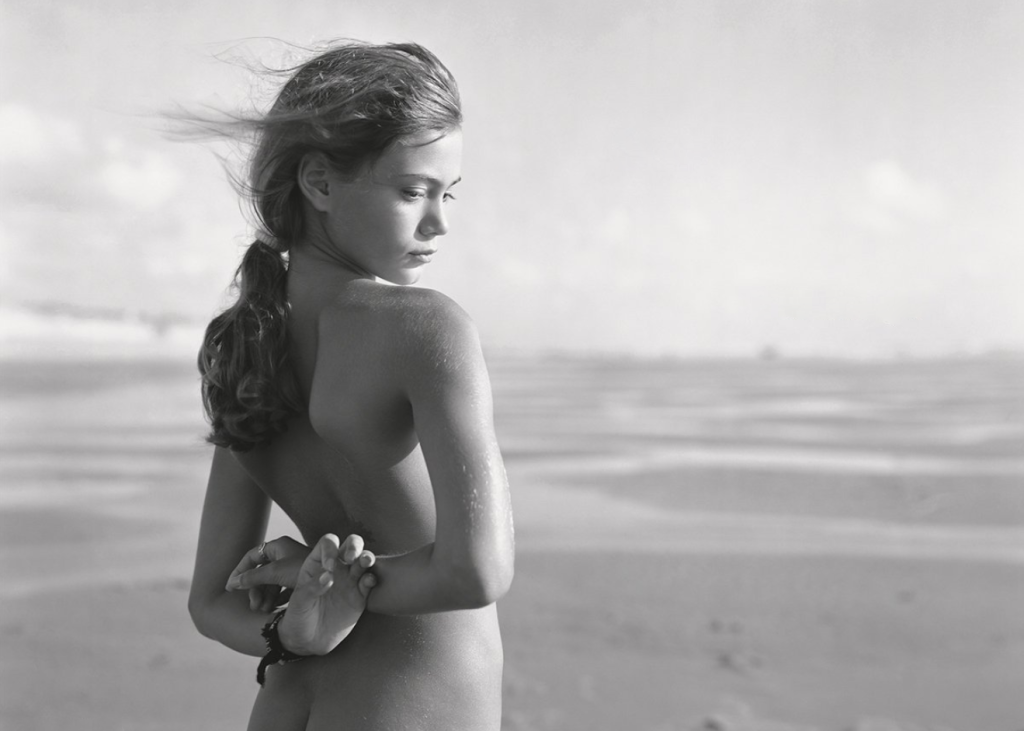
image by Jock Sturges
Nudity in Visual Art: From Painting to Photography
Nudity has always been an integral part of visual art. From the earliest cave paintings to classical sculptures, from the idealized bodies of the Renaissance to modern photography, the nude body has been a central motif throughout art history. The human form—regardless of age or gender—has been used as a tool to express beauty, vulnerability, strength, transcendence, and humanity’s connection to nature.
In Western art history, nudity unfolds in countless works. From Greek sculptures celebrating the proportions of the human body to Renaissance artists such as Michelangelo and Botticelli, who depicted nude figures in religious and mythological contexts. In the 19th and 20th centuries, photography began to take on a similar role—artists like Edward Weston, Man Ray, and later Sally Mann and Jock Sturges have used nudity as an aesthetic and philosophical approach, often focusing on light, form, and human fragility.
However, while nudity in visual art has historically been an accepted part of cultural discourse, modern social media has created a radically different landscape. On platforms like Facebook, Instagram, and TikTok, nudity—even in an artistic context—has become almost entirely forbidden. Algorithms and automated censorship tools ban any hint of exposed skin, whether it is a classical oil painting or a black-and-white art photograph.
Particularly, images of nude children—which were once considered innocent and a natural part of art history—now provoke outrage and hysteria. Photographs that, in another era, would have been seen as depictions of childhood innocence are now interpreted in the worst possible light. The mass hysteria surrounding nudity in art has led to artists being excluded from digital platforms, and even famous artworks being removed due to the puritanical censorship of social media.
This points to a broader debate on how we, as a society, perceive nudity. Is it possible to distinguish art from pornography? Can we have a more nuanced conversation about the role of nudity in art without immediately resorting to moral panic? Modern technology and social media have upended our understanding of and permission for artistic exploration of the human body, making it increasingly relevant to reconsider what this digital puritanism means for visual culture in the future.
The power of social media to define what is acceptable bears an alarming resemblance to the censorship of art and literature in 1930s Germany. At that time, artworks and books that did not align with the regime’s ideology were burned or banned. Artists and writers were excluded from public life, their works labeled as “degenerate art,” and a monocultural narrative was enforced. In the same way, social media today exercises a new form of censorship, where algorithms and moral panic determine which forms of art are allowed to exist in the digital space. This invisible, automated suppression of artistic expression creates a homogenization of visual culture and instills fear among artists about crossing invisible boundaries. If we do not question this development, we risk ending up in a modern version of a society where free art and free thought are systematically stifled by centralized power.
Recent Comments